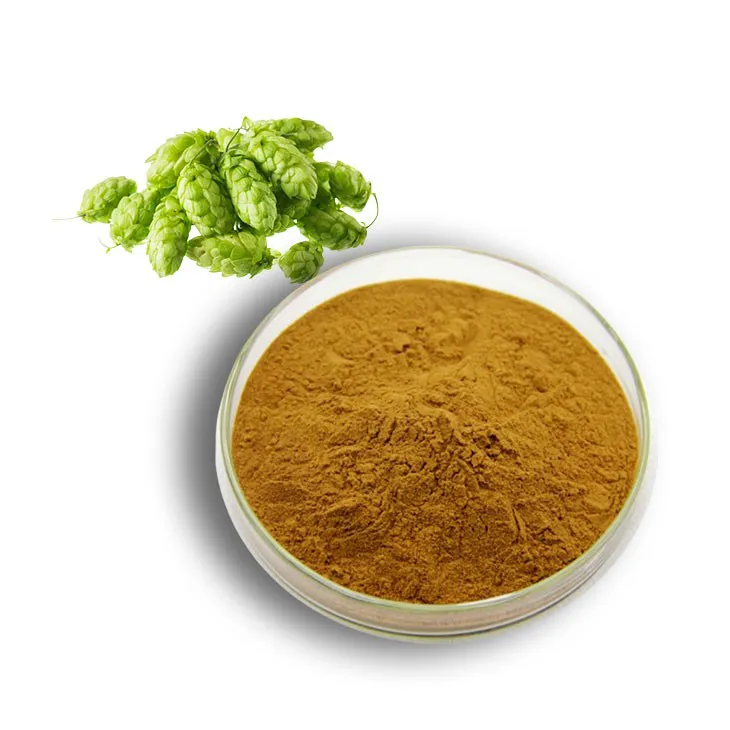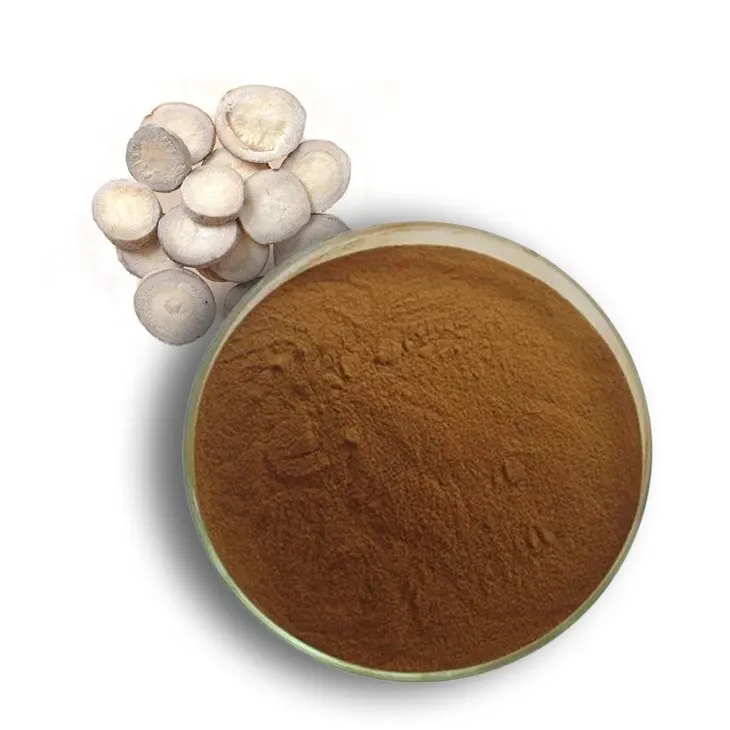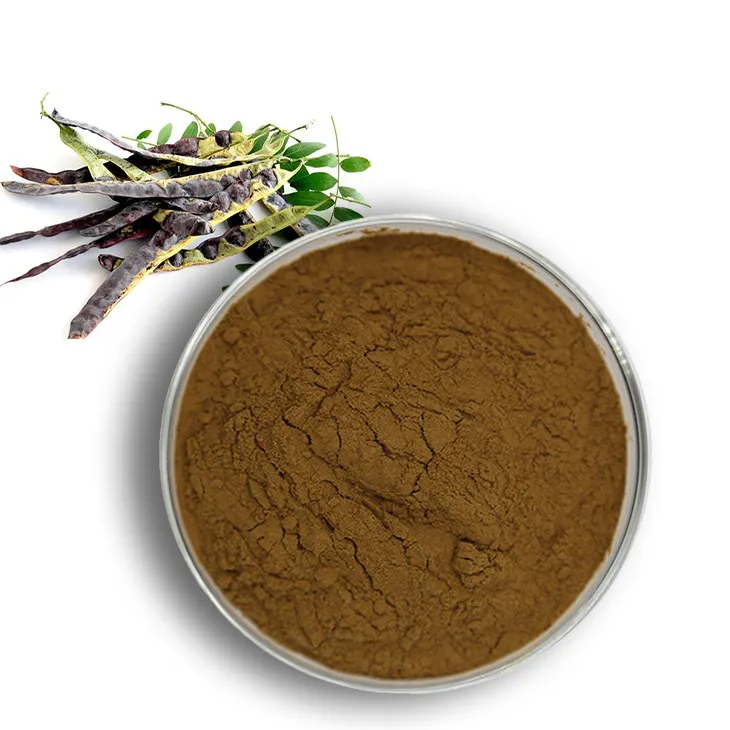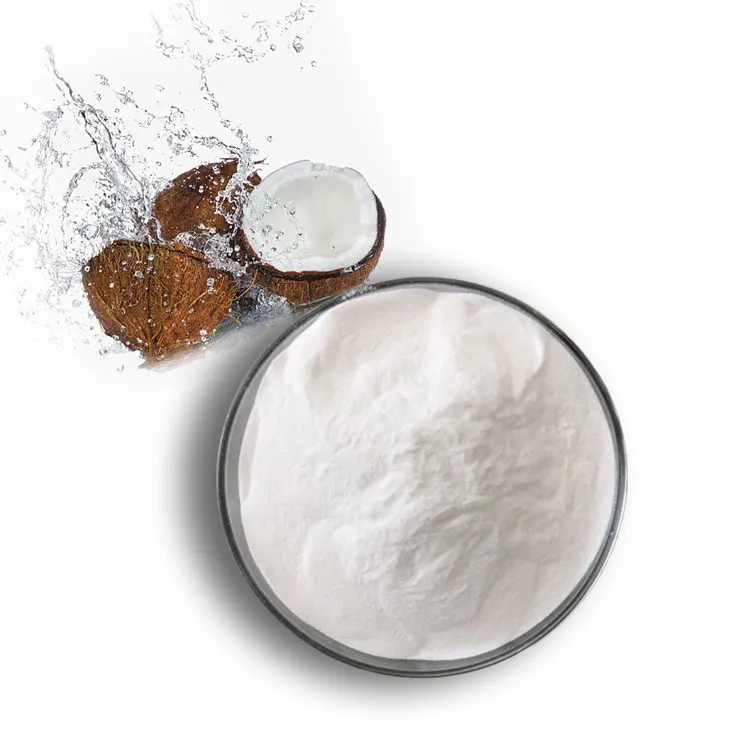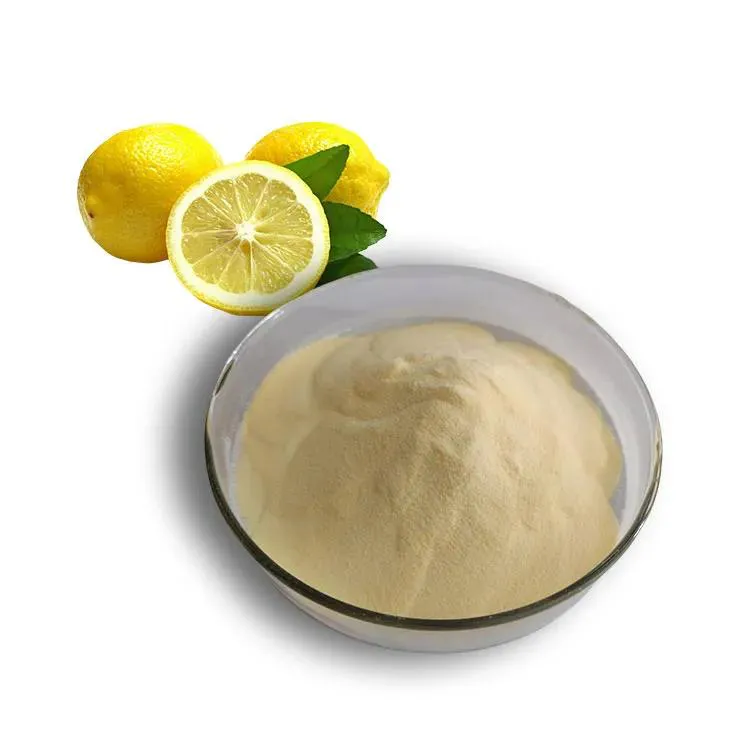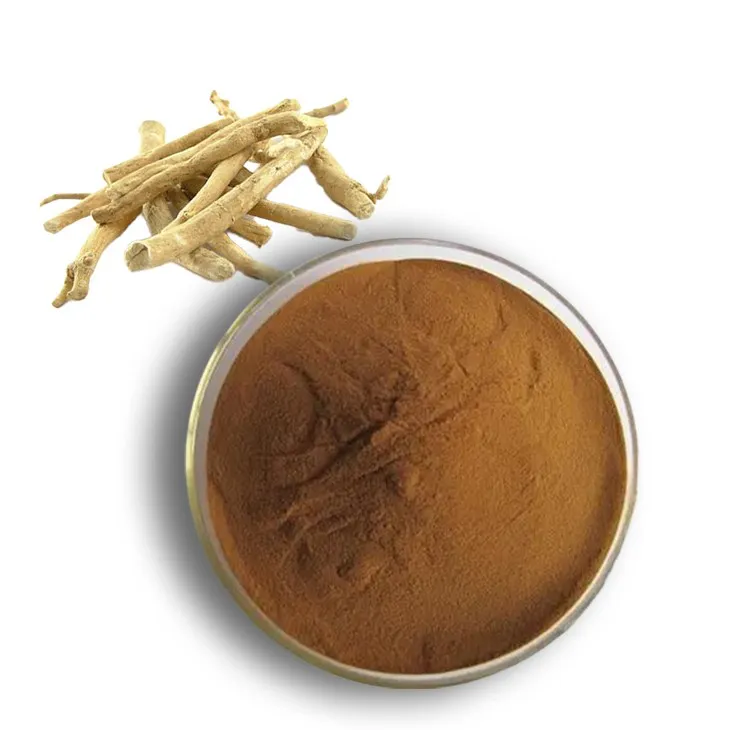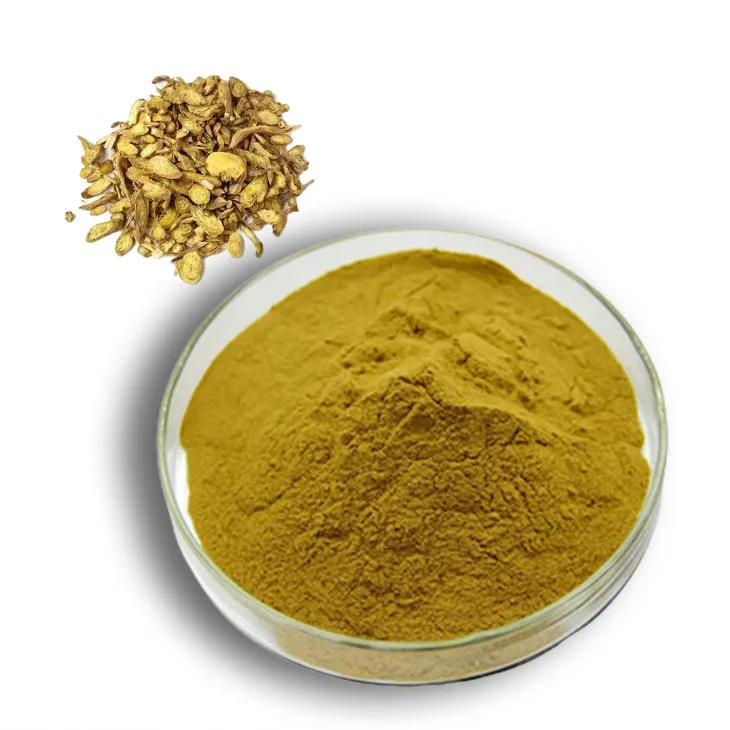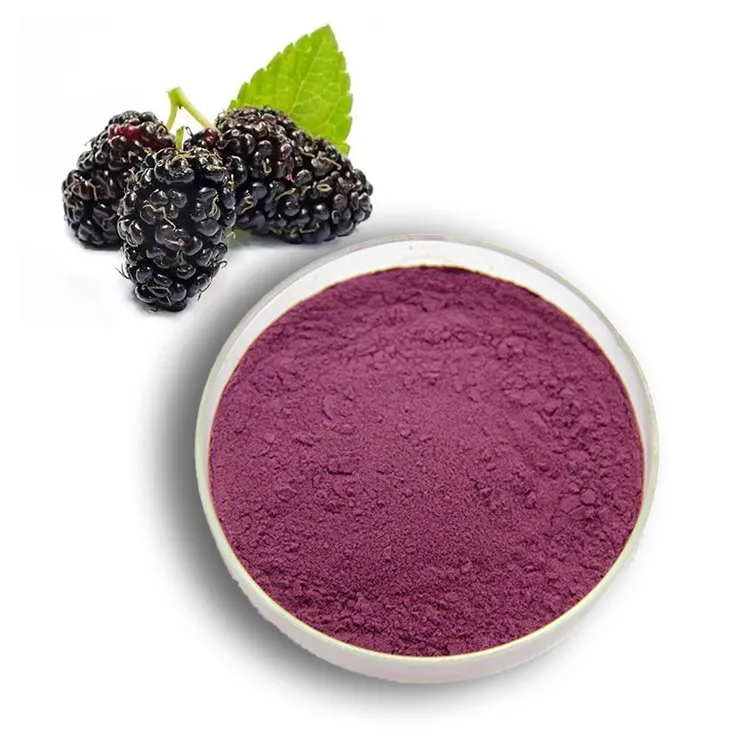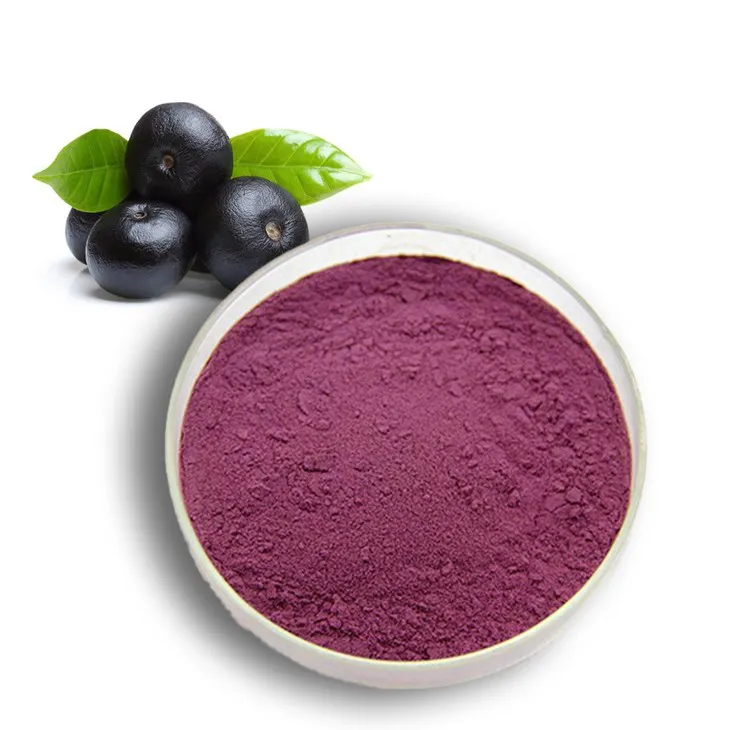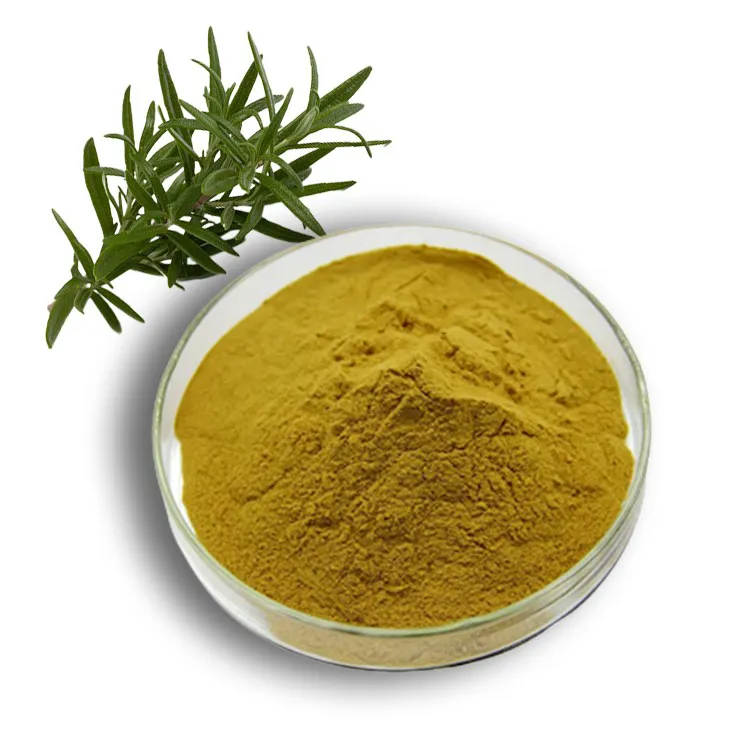- 0086-571-85302990
- sales@greenskybio.com
Arsenic Levels in Brown Rice: Health Implications and Dietary Advice
2025-05-25
Brown rice is often praised for its nutritional benefits as a whole grain, but a recent study in Risk Analysis highlights the potential concern of arsenic exposure, particularly for young children. Despite these findings, the general adult population faces minimal health risks from arsenic in brown rice, while dietary variety mitigates much of this concern.
Arsenic in Brown Rice: Key Findings
The study by Christian Scott, PhD, underscores that brown rice contains higher levels of arsenic due to its intact outer bran layer, which white rice does not retain. This increased arsenic is more pronounced in young children under five, who consume more food relative to their body weight compared to adults.
Interestingly, U.S.-grown rice exhibits lower arsenic levels than globally sourced rice, possibly due to lower arsenic in U.S. soil and water and processing practices.
What is Arsenic?
Arsenic is a naturally occurring element found in air, water, soil, and food. While some dietary arsenic is inevitable, long-term exposure to high levels is toxic and can lead to health issues such as skin, bladder, and lung cancer. Inorganic arsenic, commonly found in food, is more toxic than its organic counterpart.
Implications for Brown Rice Consumption
Though presence of arsenic in brown rice might sound alarming, the study concludes that for most adults, arsenic levels pose limited concern. Avoiding all arsenic sources is impractical, as many foods, including vegetables and fruits, contribute to dietary arsenic intake. Arsenic poisoning from food remains uncommon due to regulated low levels in food products.
Parents and caregivers should be mindful of arsenic exposure in children by rotating rice-based foods with alternatives, avoiding infant formulas with brown rice syrup, and opting for rice grown in regions like California, where careful irrigation limits arsenic levels.
The Healthfulness of Brown Rice
Brown rice remains a healthy food choice due to its rich nutritional profile, including higher fiber, magnesium, potassium, iron, and B vitamins compared to white rice. To maximize overall health benefits and minimize heavy metal intake, following the U.S. Food and Drug Administration's MyPlate guidelines by making half of your grain intake whole grains is recommended.
Rinsing brown rice thoroughly or cooking it in abundant water can reduce arsenic content, although some vitamins may decrease. Despite arsenic concerns, moderation and variety in diet are key to balanced nutrition, incorporating brown rice as part of a broader healthy dietary pattern.
Ultimately, brown rice continues to offer nutritional advantages, emphasizing the importance of consuming it in moderation within a varied diet to support overall wellness while addressing arsenic exposure concerns.
- ▶ Hesperidin
- ▶ citrus bioflavonoids
- ▶ plant extract
- ▶ lycopene
- ▶ Diosmin
- ▶ Grape seed extract
- ▶ Sea buckthorn Juice Powder
- ▶ Beetroot powder
- ▶ Hops Extract
- ▶ Artichoke Extract
- ▶ Reishi mushroom extract
- ▶ Astaxanthin
- ▶ Green Tea Extract
- ▶ Curcumin Extract
- ▶ Horse Chestnut Extract
- ▶ Other Problems
- ▶ Boswellia Serrata Extract
- ▶ Resveratrol Extract
- ▶ Marigold Extract
- ▶ Grape Leaf Extract
- ▶ blog3
- ▶ Aminolevulinic acid
- ▶ Cranberry Extract
- ▶ Red Yeast Rice
- ▶ Red Wine Extract
-
Hops Extract
2025-05-25
-
White Peony Extract
2025-05-25
-
Saponin Extract
2025-05-25
-
Coconut Water Powder
2025-05-25
-
Lemon Juice Powder
2025-05-25
-
Withania Somnifera Extract
2025-05-25
-
Scutellaria Extract
2025-05-25
-
Mulberry Extract
2025-05-25
-
Acai Berry Extract
2025-05-25
-
Rosemary extract
2025-05-25











